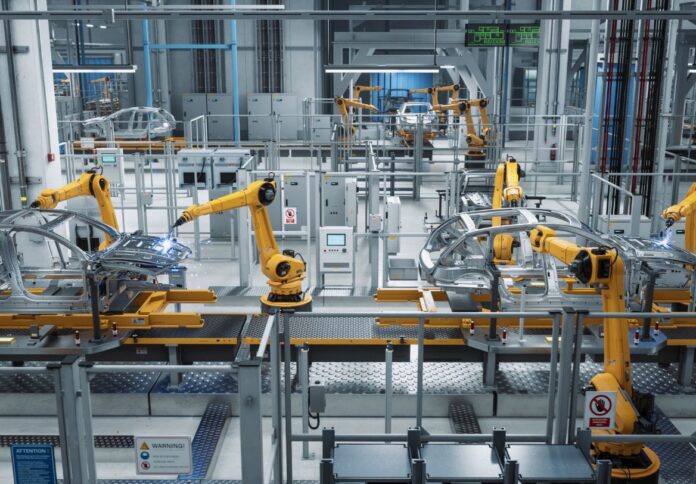
The global manufacturing sector remained in contraction in August, albeit at a slower pace, as rates of contraction ease for output and new orders, according to J.P. Morgan.
The J.P. Morgan Global Manufacturing PMI, a composite index produced by J.P. Morgan and S&P Global in association with ISM and IFPSM, posted a three-month high of 49.0 in August, up from July’s 48.6.
The PMI rate remains below the neutral 50.0 no-change mark, as production declines for the third successive month— dragged by contractions in the intermediate and investment goods sub-industries, which more than offset mild growth in the consumer goods category.
“The improvement on the month owes almost entirely to a large 2.4-point jump in the China output index. Excluding China, the global output PMI declined nearly one point in August and is stuck at a level that does not point to much if any momentum lift in the manufacturing sector,” said Bennett Parish, global economist at J.P. Morgan.
“There are other signs of tough times ahead, including a 1.2-point dip in the future output index and the new ordersto-inventory ratio remaining at a level consistent with output declines.”
Global manufacturing production also fell due to a decrease in new orders.
New business fell for the 14th consecutive month, but with a slower pace that began in May. The euro area, the United States, and Japan all saw a drop in new work, while China saw a modest increase.
Furthermore, work backlogs declined for the 14th month running and at a similar pace to May, June, and July.
Employment rose for the second consecutive month, but the rate of growth remained modest as rising workforce numbers in mainland China, the US, and Japan, among others, were dragged by cuts in other regions, including the euro area and the United Kingdom.
Business outlook for the manufacturing sector remained subdued in August as the sector continued to see declining order intakes and a mild contraction in the new orders-to-finished goods inventory ratio.


















